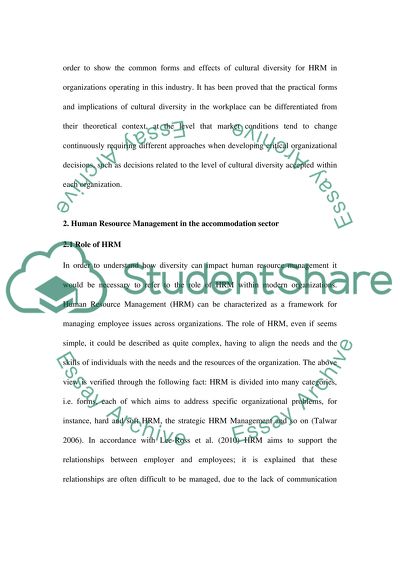Cite this document
(“Cultural diversity in human resource management within hospitality Essay”, n.d.)
Retrieved de https://studentshare.org/tourism/1391083-cultural-diversity-in-human-resource-management
Retrieved de https://studentshare.org/tourism/1391083-cultural-diversity-in-human-resource-management
(Cultural Diversity in Human Resource Management Within Hospitality Essay)
https://studentshare.org/tourism/1391083-cultural-diversity-in-human-resource-management.
https://studentshare.org/tourism/1391083-cultural-diversity-in-human-resource-management.
“Cultural Diversity in Human Resource Management Within Hospitality Essay”, n.d. https://studentshare.org/tourism/1391083-cultural-diversity-in-human-resource-management.


